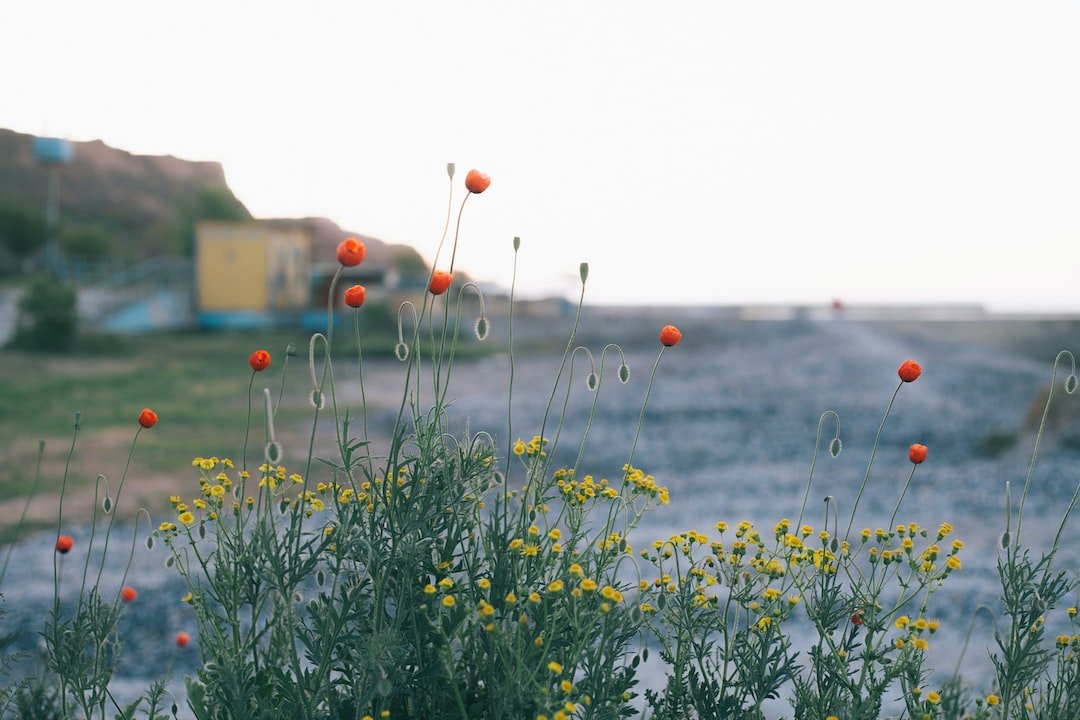Tips for Successful Wildlife Photography
Wildlife photography is a thrilling and awe-inspiring genre that allows us to capture the beauty of the natural world. Whether you are an experienced wildlife photographer or a beginner looking to venture into this field, here are some useful tips to help you maximize your chances of capturing stunning wildlife photographs.
1. Research and preparation: Before heading out into the wild, research the specific wildlife you want to photograph. Learn about their habits, habitats, and behavior. Understanding the subject’s routine will enable you to anticipate their movements and position yourself accordingly. Additionally, study the lighting conditions, weather forecasts, and suitable equipment required for the specific wildlife you will be photographing.
2. Choose appropriate equipment: Investing in a good quality camera with a telephoto lens is essential for wildlife photography. A telephoto lens will allow you to photograph wildlife from a safe distance without disturbing them. Consider the range and stability of the lens – a focal length of at least 300mm is recommended for most wildlife situations. Furthermore, bring spare batteries, memory cards, and a tripod or monopod to stabilize your shots.
3. Patience is key: Wildlife photography requires a lot of patience. Animals have their own schedules and may not always appear at the exact moment you expect. Be prepared to spend long hours waiting patiently for the perfect shot. Use this time to observe and understand the animal’s behavior, which will help you capture its authentic moments.
4. Know your camera settings: Familiarize yourself with the various settings on your camera, especially the ones necessary for wildlife photography. Shutter priority mode allows you to freeze motion without compromising the image quality. Increase your ISO setting to capture fast-moving wildlife in low-light conditions without sacrificing shutter speed. Aperture priority mode will help you control the depth of field and isolate your subject from the background.
5. Composition and framing: Paying attention to composition and framing is crucial in wildlife photography. Avoid centering the animal in your frame – instead, follow the rule of thirds. Place the subject off-center for a more interesting and balanced composition. Focus on the eyes of the animal to establish a connection with the viewer. Experiment with different angles, perspectives, and focal lengths to capture unique and captivating images.
6. Be respectful of wildlife and their environment: As wildlife photographers, it is our responsibility to prioritize the welfare and conservation of animals. Always maintain a safe and respectful distance from the animals to avoid causing distress or endangering yourself. Observe and photograph without interfering with their natural behavior. Avoid leaving any trace of human presence behind, as it may disrupt their habitat.
7. Use natural light creatively: Lighting plays a crucial role in wildlife photography. The golden hours – early morning and late afternoon – offer soft, warm light that enhances the mood and texture of the subject. Avoid harsh midday light as it can create unflattering shadows and blown-out highlights. Experiment with backlit subjects, silhouettes, and rim lighting to add depth and drama to your images.
8. Continuous shooting mode and patience: When photographing wildlife, action can happen within the blink of an eye. To increase your chances of capturing that perfect moment, use your camera’s continuous shooting mode. This mode allows you to take multiple shots in quick succession, increasing the likelihood of capturing a sharp image. However, don’t rely solely on rapid-fire shooting; patience and timing are still crucial to ensure quality over quantity.
In conclusion, wildlife photography requires dedication, practice, and knowledge of your subject. Follow these tips to improve your chances of capturing breathtaking wildlife photographs that convey the essence of the natural world. Remember that each wildlife encounter is unique, so be adaptable and ready to seize the magic of the moment when it presents itself.

